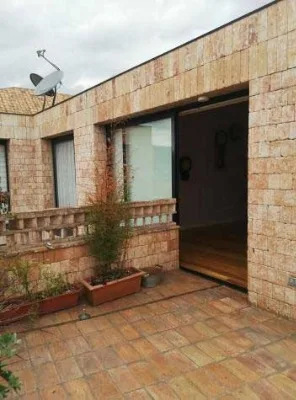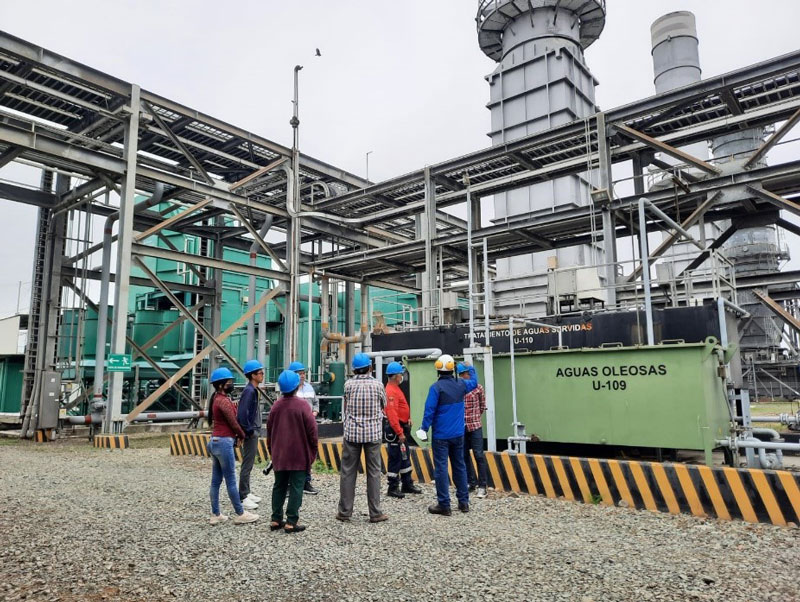Cuenca ashfall ends but Tungurahua remains active; major damage reported in area near the volcano
Although Ecuador’s Tungurahua volcano remains in a state of high activity, there have been no more explosions to match Saturday’s blast which sent an ash plume ten kilometers into the sky and gave Cuenca a rare dusting of ash. As of Sunday night, the plume measured less than five kilometers.
The eruption caused major damage in communities close to the volcano as lava flows and thick ash deposits blocked roads and blanketed farmland.
The massive plume sprinkled ash over five southern Ecuador provinces, including Azuay, Sunday morning. The ashfall kept Cuenca city maintenance crews busy removing ash, caused repiratory problems and closed the city’s airport for 12 hours.
Meteorology officials said Cuenca’s ashfall was an extremely rare. Upper atmosphere wind currents had shifted to the east from their normal patterns, they explained, dropping ash as far south as Loja. Sunday morning, the currents shifted back to the west, ending Cuenca’s ashfall.
Almost 200 city maintenance workers were called out to sweep ash from streets and sidewalks. Because of the fear of clogging city drains with ash, city officials decided against using water to clear the ash.
The respiratory problems in Cuenca were caused by the abnormally high level of particulate material. The normal particulate measure is 12 micrograms but the count reached 80 early Sunday. By noon, it had dropped to 33 and was approaching normal late last night. Under ordinary circumstances, city transportation manager Dario Tapia said 15 micrograms would be considered high.
Although most activities and businesses in Cuenca were operating normally Monday morning, the Ministry of Ecuadation asked teachers and administrative personnel to work at home. This is a holiday week for students.
Much more serious problems were reported in the area near the volcano, 200 kilometers north of Cuenca, and government assistance was being put in place for farmers. In farming areas around Penipe, Guano and Quero, Baños, Pelileo, Patate and Cevallos, as much as eight inches of ash covered crops and pastures. While most of the crops are lost, the immediate concern is providing water and food for livestock. In past eruptions, thousands of animals have died due to lack of food and poisoned water.
In addition to agricultural damage, a number of roads and bridges in the area need to be cleared or, in some cases, rebuilt. Authorities say they will have to wait for volcanic activity to subside before beginning the work.
Ecuador’s Geophysical Institute warned residents near Tungurahua to remain on alert. The fact that there have been no major explosions since Saturday does not mean the danger as gone, the institute said. Overall, activity remains at a high level and continued activity is expected, it said.



















